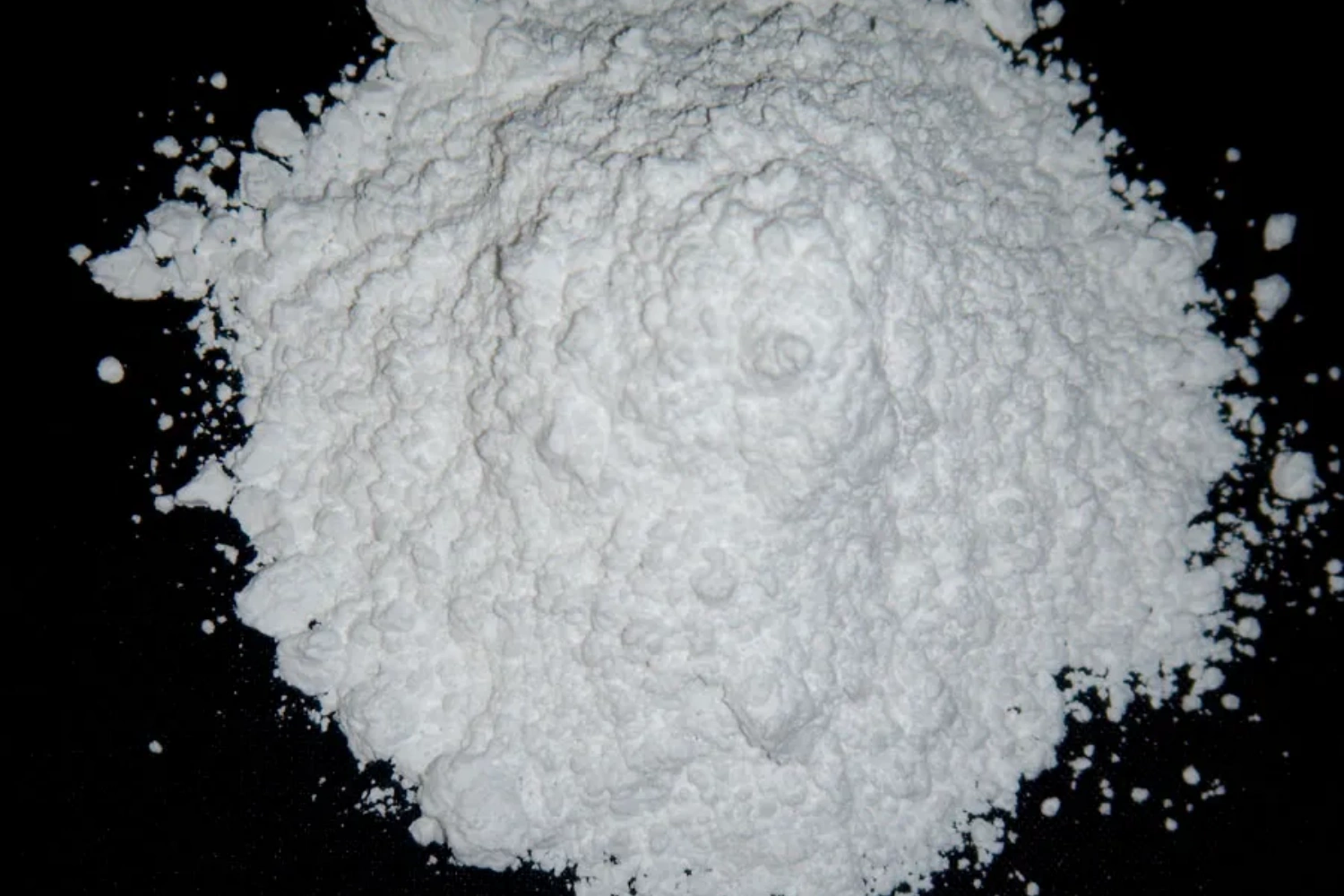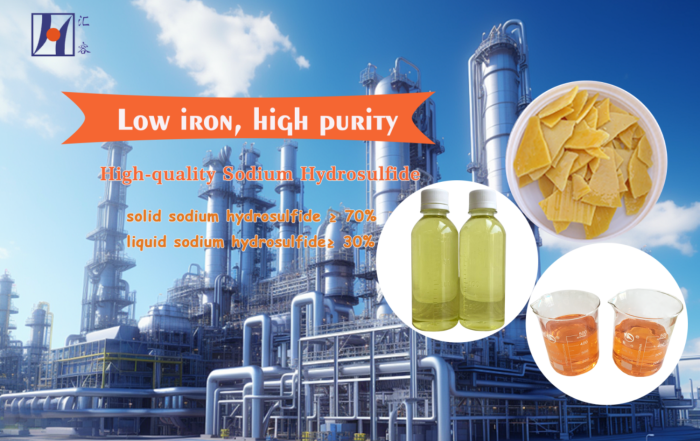In the world of ink manufacturing, calcium carbonate plays a pivotal role as a functional filler. However, the choice between nano-activated calcium carbonate and ordinary calcium carbonate significantly impacts the performance and quality of the final ink product.
Characteristics of Nano-Activated Calcium Carbonate
Nano-activated calcium carbonate is composed of ultra-fine particles, typically in the nanometer range. Its advanced properties stem from its fine particle size and surface activation, which enable:
- Enhanced Dispersibility: Nano-calcium carbonate disperses uniformly within the ink formulation, ensuring smooth and consistent application.
- Improved Gloss and Hiding Power: The small particle size provides superior hiding power and contributes to a high-gloss finish, comparable to that achieved with aluminum barium.
- Excellent Ink Absorption: Nano-particles enhance the ink’s absorption characteristics, allowing for faster drying and better adhesion.
- Compatibility with Binders: Due to surface activation, nano-calcium carbonate interacts seamlessly with other ink ingredients, ensuring a stable and homogeneous mixture.
These attributes make nano-activated calcium carbonate a preferred choice for high-performance inks, such as offset and water-based inks. Its ability to maintain color vibrancy and produce non-toxic, odorless inks further adds to its appeal in modern printing applications.
Characteristics of Ordinary Calcium Carbonate
Ordinary calcium carbonate, in contrast, consists of larger particles and lacks the surface activation seen in its nano counterpart. While it is widely used due to its cost-effectiveness and availability, its performance in ink applications is comparatively limited:
- Lower Dispersibility: The larger particle size may lead to uneven dispersion, resulting in inconsistent ink performance.
- Reduced Gloss and Hiding Power: Ordinary calcium carbonate offers less gloss and hiding capability compared to nano-calcium carbonate.
- Limited Ink Absorption: It exhibits lower absorption properties, potentially leading to slower drying times and less vibrant prints.
- Primary Use for Cost Reduction: Ordinary calcium carbonate is often used to reduce production costs and increase the volume of ink, but it does not contribute significantly to improving ink quality.
Comparative Table of Properties
| Property | Nano-Activated Calcium Carbonate | Ordinary Calcium Carbonate |
| Particle Size | Nanometer scale | Micrometer scale |
| Dispersibility | Excellent | Moderate |
| Gloss | High | Low |
| Hiding Power | Superior | Moderate |
| Ink Absorption | High | Low |
| Cost | Higher | Lower |
| Compatibility with Binders | Excellent | Limited |
Applications in Ink Manufacturing
The choice between nano-activated and ordinary calcium carbonate depends on the specific requirements of the ink being produced:
- Nano-Activated Calcium Carbonate: This is ideal for high-performance inks requiring fine dispersion, excellent gloss, and fast drying. It is extensively used in offset inks, water-based inks, and other premium ink formulations.
- Ordinary Calcium Carbonate: This is suitable for cost-sensitive applications where high performance is not a primary concern. It is often used in basic printing inks and other formulations where cost reduction is the main objective.
Why Choose Nano-Activated Calcium Carbonate for Water-Based Inks?
Water-based inks demand high pigment quality and fine dispersion for optimal performance. Nano-activated calcium carbonate meets these demands by:
- Achieving a nanometer-level particle size, which enhances dispersion and uniformity.
- Undergoing surface modification to ensure compatibility with the binding agents.
- Producing vibrant, pure-colored, and non-toxic inks suitable for modern printing applications.
These features make nano-calcium carbonate indispensable in water-based ink manufacturing, where quality and environmental considerations are paramount.
Broader Applications of Calcium Carbonate
Beyond its role in inks, calcium carbonate is utilized in various industries:
- Automotive Coatings: Nano-calcium carbonate is used for its thixotropic properties, contributing to anti-stone chip coatings and high-gloss finishes.
- Wood Coatings: It enhances durability, wear resistance, and gloss while reducing costs.
- Powder Coatings: It acts as a filler in environmentally friendly coatings, improving the powdering rate and reducing costs when used alongside titanium dioxide.
While both nano-activated calcium carbonate and ordinary calcium carbonate have their respective roles in ink manufacturing, nano-calcium carbonate stands out for its superior performance characteristics. Its ability to enhance gloss, improve ink absorption, and deliver vibrant, high-quality prints makes it the go-to choice for premium ink formulations. Ordinary calcium carbonate, on the other hand, remains a viable option for cost-effective and basic applications. Understanding these differences enables manufacturers to make informed decisions, optimizing ink quality and production efficiency.




